Contact us today to discuss your needs. ilab@finance-ni.gov.uk
Strategic Insights Labs
Strategic Insights Labs are a range of modular, adaptable interventions where a complex and frequently ‘wicked’ challenge is systemically dissected through an innovation process and where consensus is sought with stakeholders and users as to possible solutions. These are bespoke products structured to suit the subject matter in hand and the audience.
How Strategic Insights Labs work:
Strategic Insights Labs are commissioned by and delivered on behalf of our Client who is usually the relevant senior official who has policy or operational responsibility for the ‘wicked’ problem or issue which is being addressed.
Participants are taken through a number of ‘issue appropriate’ Labs, and these are sequenced using the double diamond approach below.
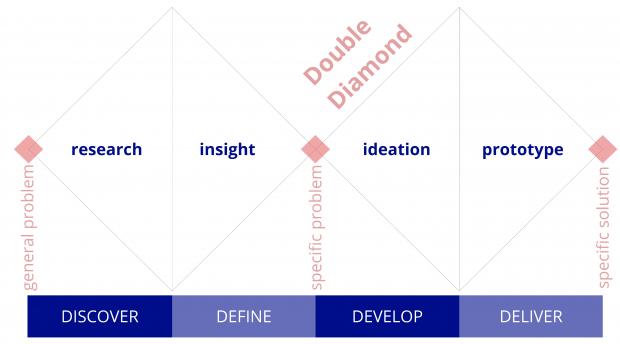
Fundamental to this is the voice of the user being heard throughout the Lab and it is designed to ensure that voice becomes central to the insights, conclusions and recommendations generated by the process. These are then typically used to inform interventions or to create a strategy, framework or action plan.
Research
Many of our projects include an element of research. At its core, research is about the collection, organisation and analysis of evidence to increase understanding of a topic.
Primary research: We have expertise in conducting and analysing qualitative and quantitative data collected through surveys, focus groups or interviews, and observational or ethnographic studies.
We can also run moderated usability testing of websites, processes, and documents, as well as conducting other forms of prototyping and testing to gather feedback on new ideas.
We have ran experiments (randomised controlled trials or A/B tests) to evaluate how a new intervention performs compared to the standard approach.
Secondary research: We have conducted reviews of academic research as well as ‘grey’ literature on topics such as violence against women and girls, factors influencing healthy food choices, and ‘what works’ to prompt pro-environmental behaviours.
Systems Modelling & Data Analytics
System Modelling & Data Analytics uses software simulations to illustrate and demonstrate patterns of behaviour, system complexity and change over time. The iLab uses modelling & analytics to support public servants in considering how policy and societal issues are and will affect citizens and allow them to consider the causes, impacts and dynamics of policy decisions based on both qualitative and quantitative information. It identifies the structures of relationships and helps to identify key leverage points within a system which can be used to achieve desired outcomes or for overcoming resistance to change.
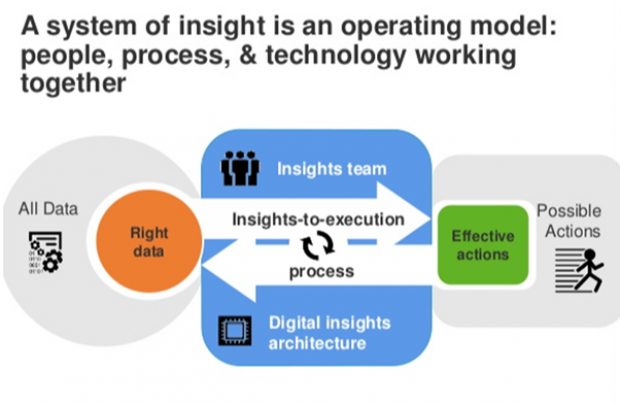
The visual nature makes it a powerful tool for communication for generating shared understandings across policy systems. This ability to support stakeholder engagement is a key reason why it is becoming increasingly used to tackle complex problems.
Service Design
Service Design in government refers to the process of designing and delivering government services in a way that is user-centred and efficient. This approach involves understanding the needs of citizens and other stakeholders, using design thinking and other collaborative methods that engage both customers and service delivery teams. Service Design helps gain true, end-to-end understanding of a service which enables holistic and meaningful improvements that make the service easier to use, efficient, and effective.
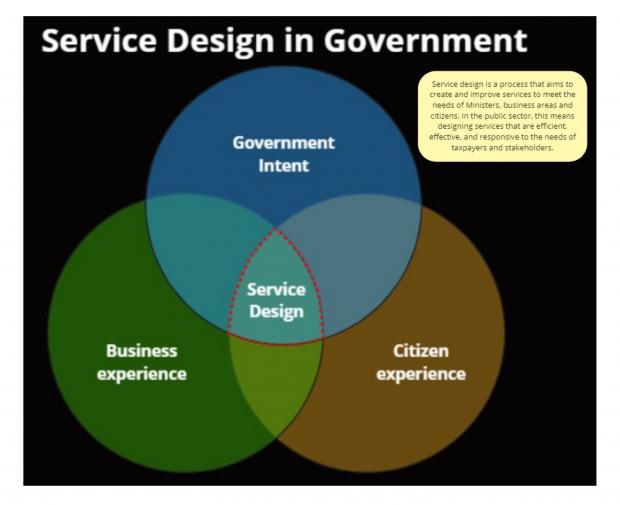
Services are everywhere, we encounter services right across our lifetime - the birth of a child means accessing a service, registering the birth, monitoring their health and growth, progressing to nursery school and then primary school, secondary school, learning to drive, getting married, buying a house and so it goes on. During our lifetime we access so many services and when we think about the stages of life I've mentioned, all of them are services provided by the state or from our perspective by civil or public servants.
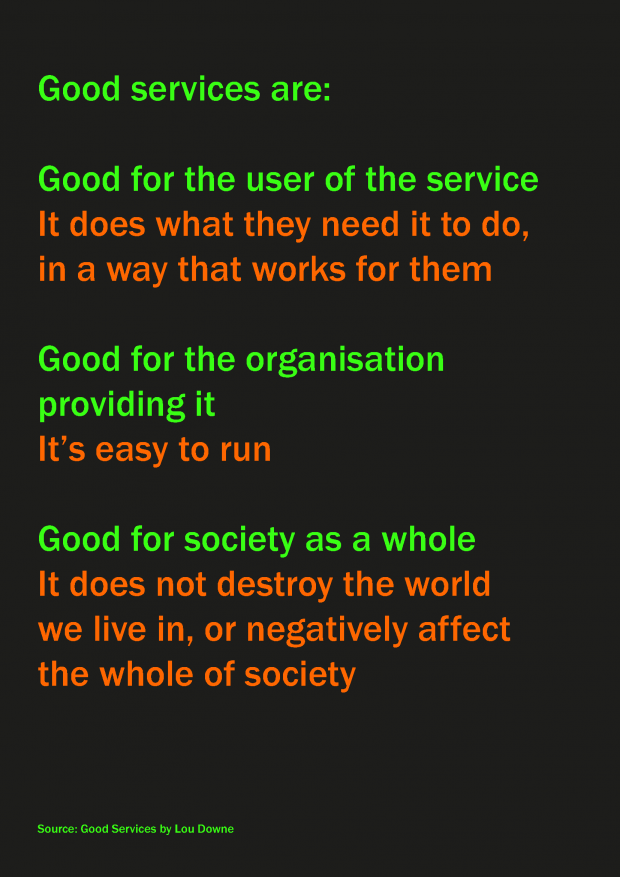
Our goal is to improve the overall experience of using government services, making them simple, efficient, effective leading to an increase in both user satisfaction and trust in government. This can include everything from designing digital services to designing physical spaces and interactions with government employees. The goal of Service Design is to design good services.
Service Design services
Below are some examples of the services we provide:
- User Research (including: literature review; qualitative surveys, ethnography; observation; interviews; etc.);
- User focused discovery;
- Persona development;
- Journey Mapping;
- Service Blueprinting;
- Idea generation; and
- Prototyping and testing.
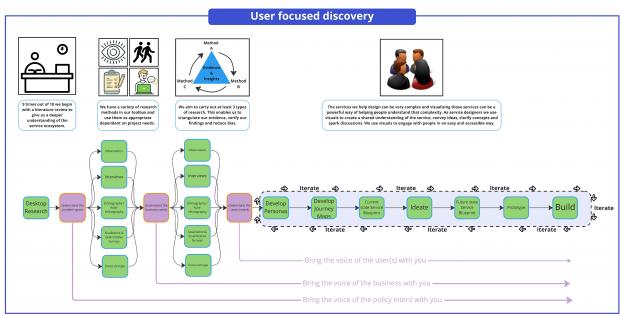
If you want to explore the potential of taking a service design approach to improve the effectiveness and efficiency of services your branch deliver then please contact us on ilab@finance-ni.gov.uk. Alternatively, if you would be interested in learning more about Service Design you can review some of our case studies and/or contact us on the address upon.
Behavioural Science
There is often disconnect between how governments design policies and how people actually behave. Sometimes traditional policy assumes people have unlimited brain power or will power—when, in reality, there is often a gap between what people intend to do, and what they end up doing.
‘Common sense’ assumptions about why people do or do not act as we expect can lead us astray. For example, we routinely underestimate the impact of the situation on others’ behaviour (see The Fundamental Attribution Error). If someone is late paying a fee, for example, we make assumptions that the reason they are late is something internal to them – their motivation, personality, or education – rather than due to external factors such as the clarity of the payment instructions or the financial resources they have at the time.
If assumptions about the cause of behaviour are wrong, and if we design solutions overly focused on our assumptions, then the solutions we design will likely have little effect. In our example, although it may be important to highlight the importance of paying a fee in general, people are more likely to pay if the process of paying is as simple as possible.
Behavioural science is the scientific study of behaviour – what enables it, what prevents it, and how best to elicit and maintain it. It involves exploring the barriers to action, looking for ways to change the content and delivery of current policies and services (using the EAST framework), and designing new policies or services – at either the system or individual level – to shift behaviour towards a desired goal (using the Behaviour Change Wheel).
There are now numerous examples of how behavioural science has led to effective policymaking, service development and communications.
